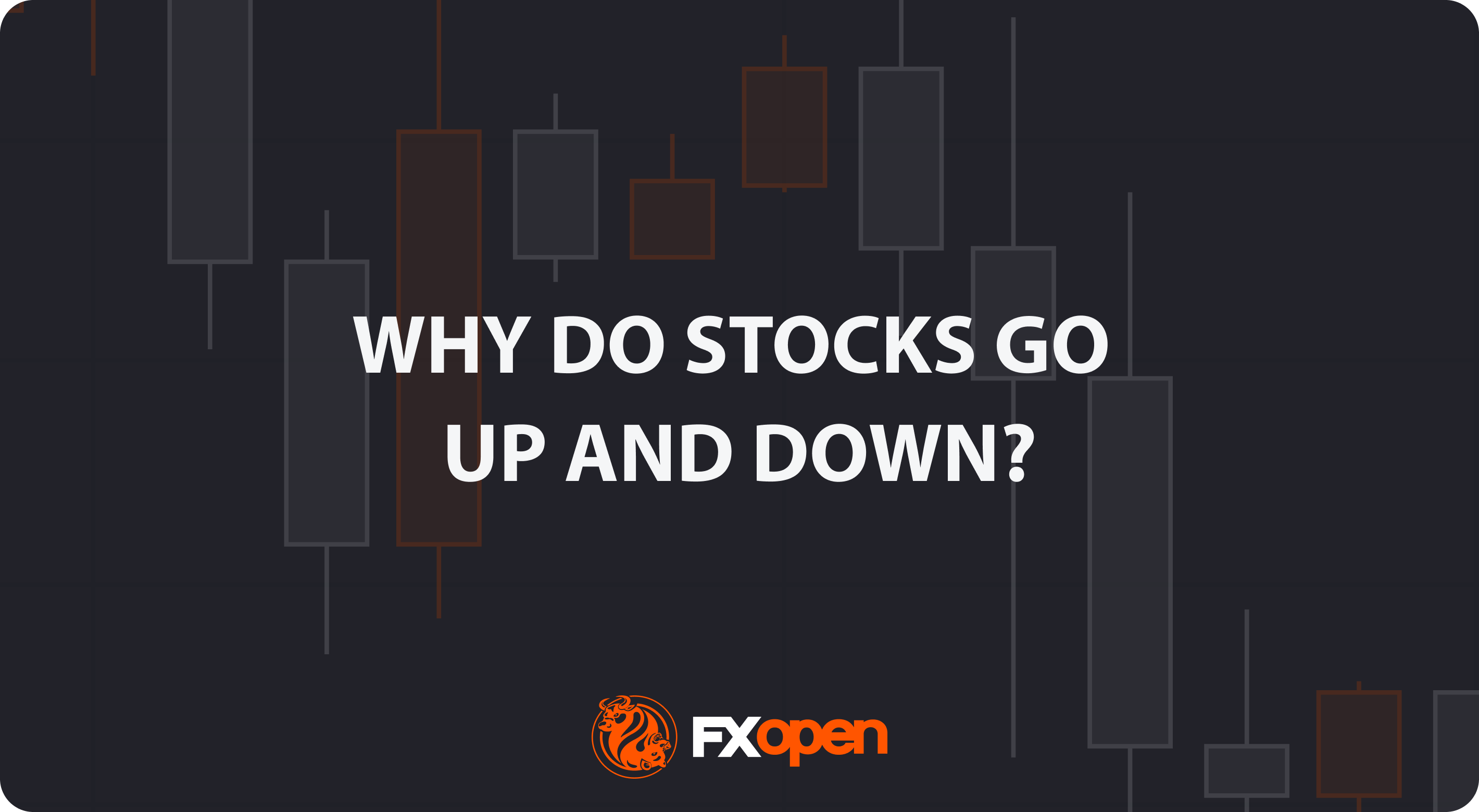FXOpen

The Russian ruble has had over a decade of very severe movements within the spot currency market.
The very same reason that the small number of Russian citizens with any savings have tried to move their capital outside Russia over the past few years is why many traders of the ruble have enjoyed trading it; it has been volatile whereas the majors have had several years of stagnation.
Previous examples of this include the 2014/2015 ruble crash during which many investors sold off assets that they had held in Russian companies, and during which confidence in the Russian economy was very low.
The first asset to fall during that period was oil in 2014. Crude oil which is one of Russia's major export products, declined in price by nearly 50% between its yearly high in June 2014 and 16 December 2014, and just shortly afterwards, international economic sanctions were imposed on Russia following Russia's annexation of Crimea and the war which took place in the Donbas region.
At that time, many citizens had to spend their salary on the day they received it, otherwise it would have been worthless the next day.
Now, seven years on, the same catalyst is causing a decline in the value of the ruble.
As the news channels are utterly dominated by the events that are currently taking place in Ukraine and Russia, and the economic sanctions continue to be rolled out, this time far more severe than those instigated in 2014 and 2015, confidence in the ruble once again has dwindled, and it has sunk to new lows against all of the major currencies.
Taking the US Dollar as a reference point, the ruble stood at 83.39 against the US Dollar on Friday, February 26, however as the European trading sessions began today, Monday February 28, it has fallen to 103.15 against the US Dollar.
Some speculation has surfaced that there may be bank runs in Russia, and also bank runs on Russian banks based in nations with a significant trade between Russia and themselves such as Cyprus, and some of the former Soviet republics and Eastern European member states of the European Union.
Some western nations have blocked access to the SWIFT international money transfer system for Russian banks giving rise to possible notions that a form of inverse capital controls may arise, in that Russian citizens will be able to get their money out, but no other nation will take the funds or allow transfers. This would severely impede commercial settlements being made in rubles, and would likely result in large Russian energy companies doing their settlements in Euros or Dollars outside Russia.
Banks in the United States have been ordered by the US Department of Treasury to cut all ties with Sberbank and VTB, two of Russia's largest banks, and many European nations have imposed sanctions against smaller Russian banks operating in their territories, including five in London which have been ordered to cease business by the British government.
In terms of volatility, there are a number of day traders who relish it. The major currencies are very stable and extreme price moves are extremely rare. The last notable one was the removal of the peg between the Swiss Franc and the Euro in 2015 which caused huge volatility among the majors, but since then it has been as calm as a millpond, even through the period of lockdowns across many Western nations.
Nobody, however, can speculate as to whether the ruble will suddenly rise in value. These are very uncertain times, but uncertainty and volatility are often the lifeblood of the markets.
This article represents the opinion of the Companies operating under the FXOpen brand only. It is not to be construed as an offer, solicitation, or recommendation with respect to products and services provided by the Companies operating under the FXOpen brand, nor is it to be considered financial advice.
Stay ahead of the market!
Subscribe now to our mailing list and receive the latest market news and insights delivered directly to your inbox.








